Exploring community competition under different viral emergence probability conditions
b11902021 張嘉崴

Model Design
Every individual has moving speed \(v_i\) and fecundity \(f_i\)
Reproduction
Predation
Reproduction
(no trade-off)
Reproduction
(no trade-off)
w/ trade-off
Predation
Predation
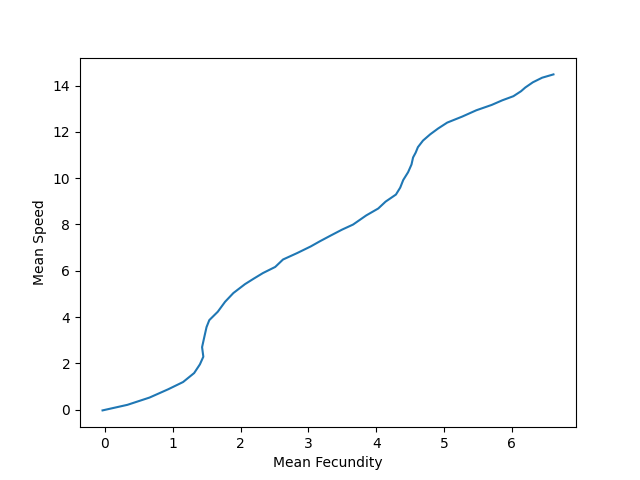
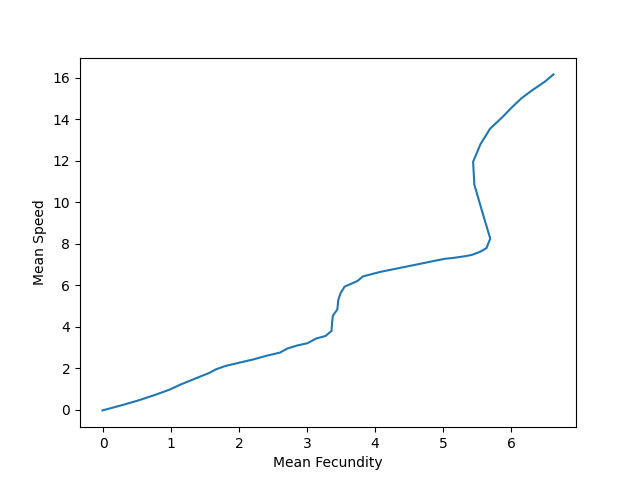
No Trade-off
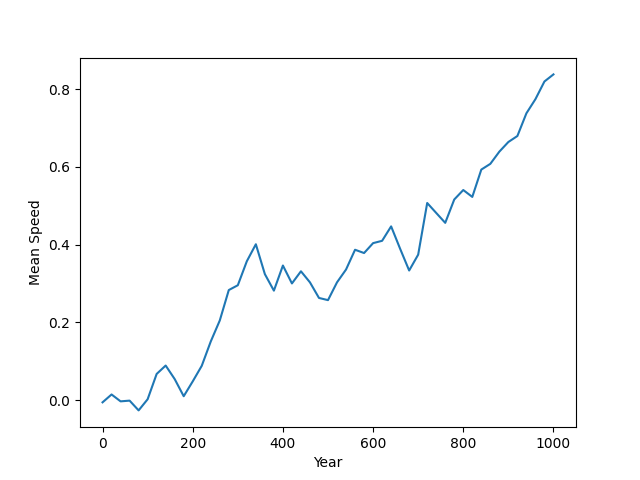
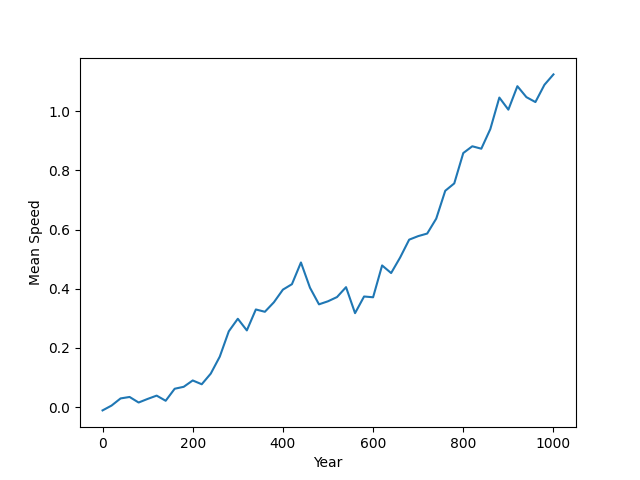
Trade-off
Conclusion
- Mean of traits both shift right
- Moving speed is a more important trait.
- In no trade-off, there's sudden jump.
- In trade-off, mean moving speed fluctuates


Intro

Why didn't the Aztec Empire eradicate Europe?
Why didn't the Aztec Empire's
viruses eradicate Europe?
- population?
- difference in military forces?
- difference in tamable livestock.
Why didn't the Aztec Empire's
viruses eradicate Europe?






More livestocks
Higher probability of new viruses that can pass between humans emerge
The community with
stronger viruses wins
Really?
The community with
stronger viruses wins
Really?


001010
011000
The hamming distance should be 2

My vague blueprint
Make 2 communities A and B
Add tons of viruses/mutations with different susceptibilities, fatalities, transmission rate ... into A
Drop a fraction of people in A into B
How to mutate?
How to simulate the effect of mutation on the viruses' abilities to transmit, to kill...?
Method
Experiment Design
Higher prob. new virus
Model Design
- Consists of nodes
- Individual Based (virus's perspective)
- SIR Model
- Evolutionary
Node Design
for i in range(year):
human_reproduce()
human_move()
virus_simulation()
virus_infection()
add_new_virus()
- Number of Susceptable/Infected/Recovered Humans
- Fatality Traits
- A set of viruses
- Fatality Traits
- Infection Traits
1. Human Reproduction
2. Human Move
3. Virus kill/stay/recover
Every virus has a vector/scalar \(g_a\)
Every node has one vector/scalar \(g_b\)
4. Virus infection
- Calculate the infection rate by SIR model
- Decide which viruses will replicate by their infection traits \(I\)
Result
I'm unable to find connection between
"Viral Emergence Probability" and
"Wiping out the other community"
Example Run
Higher probability
of virus emergence
10 new viruses/iter


Lower probability
of virus emergence
1 new virus/iter
Average
over 3 Runs
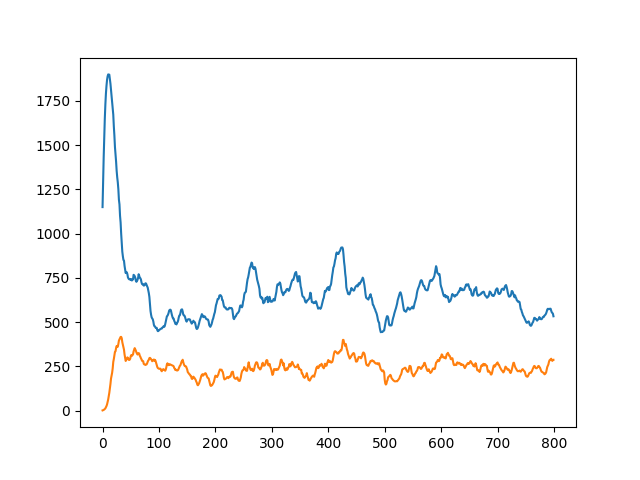
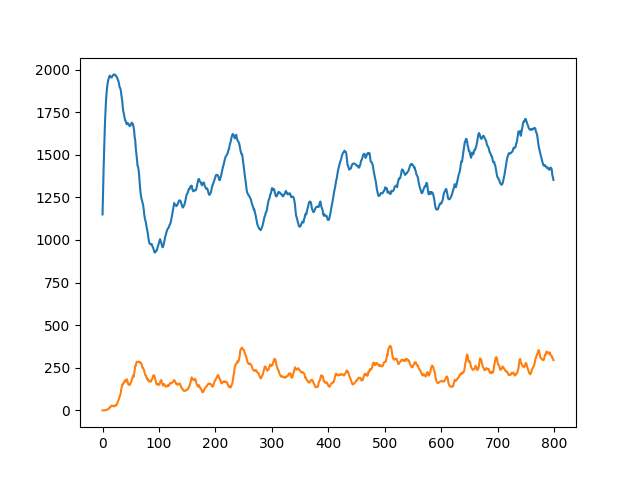
- Equilibrium reached after 100 iterations
- H. population is lower due to new viruses
- After swapping viruses, no significant changes
With Elo
- Less variance
- Only little spike at 500th iteration
- After swapping viruses, no significant changes
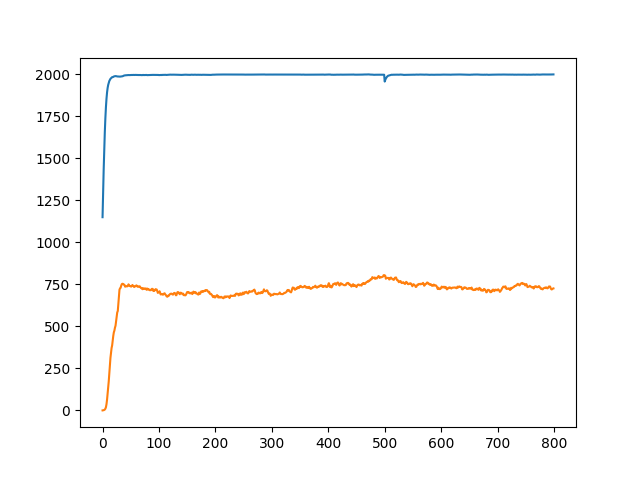
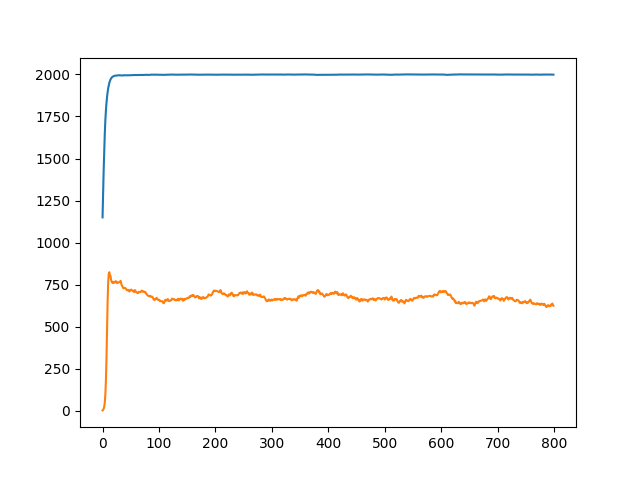
Viruses kills before it can replicate.
Especially with high ELO difference
The longer an infected human live,
the higher chance the virus passes on.
Observations
Best virus strategy: stay as long as possible, don't kill your host
Becomes a flu
More livestocks
Higher probability of new viruses that can pass between humans emerge
The community with
stronger viruses wins
Really?
My model cannot explain this
Possible Solutions?
Consider properties related to smallpox?
Detach fatality and incubation
Q&A
prev
next
mx_objs
free_objs
pointer to next free obj
address of slab
page size = 4096
mx_obj needs only 2 bytes
free_objs needs only 2 bytes
prev
next
mx_objs
free_objs
pointer to next free obj
address of slab
page size = 4096
mx_obj needs only 2 bytes
free_objs needs only 2 bytes
Beware of endianess!
prev
next
mx_objs
free_objs
pointer to next free obj
address of slab
page size = 4096
mx_obj and free_objs each only require two bytes